DEXP washing machine does not spin
 There are many washing machine breakdowns that can be detected with the naked eye without thorough diagnostics. For example, if a DEXP washing machine does not spin clothes, the clothes will be so damp at the end of the cycle that they will leak water. Most often, this happens due to the fact that the “home assistant” is not able to spin the drum to the required speed, so after the rinsing stage it does not proceed to spinning, but immediately to draining. Let's study this common problem and tell you how to deal with it at home.
There are many washing machine breakdowns that can be detected with the naked eye without thorough diagnostics. For example, if a DEXP washing machine does not spin clothes, the clothes will be so damp at the end of the cycle that they will leak water. Most often, this happens due to the fact that the “home assistant” is not able to spin the drum to the required speed, so after the rinsing stage it does not proceed to spinning, but immediately to draining. Let's study this common problem and tell you how to deal with it at home.
What happened to the technology?
Such a malfunction should never be ignored. Of course, you can continue to wash clothes and then simply wring them out with your own hands, but this way you not only lose some of the functionality of the household appliance, but also risk its condition, which can worsen from such work. Why does such a problem sometimes appear?
- The housewife activated the wash without spinning, or accidentally manually turned off this stage.
- The CM control module detected an imbalance in the drum, so it specifically turned off the spin for the safety of the system.
- There are problems with draining the waste liquid into the sewer, so spinning simply cannot begin in conditions where water used during washing or rinsing remains in the drum.
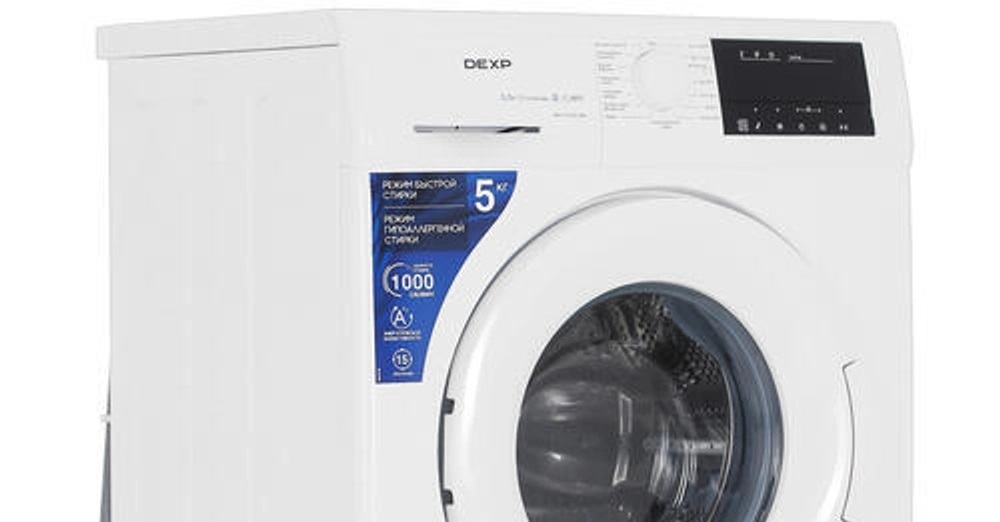
- The tachometer is broken.
- The electric motor has failed.
- A bearing unit failure has been detected.
- There is a foreign object in the drum that has blocked the free rotation of the container.
- There was a one-time failure of the control module.
You should not continue to use faulty household appliances, as you risk damaging them even more.
Almost all of these reasons can be eliminated with your own hands, without calling a service center specialist. Especially if the warranty period has already passed, so you can’t hope for free repairs. An exception to the rule is problems with the SM control module, which is extremely difficult to deal with without repair experience and the appropriate equipment. Let's look at the most basic sources of problems with spinning.
Choose the appropriate mode
The simplest thing that can happen is an incorrectly selected duty cycle. In this case, household appliances do not even need repair. Check the device’s dashboard - if the programmer is set to delicate or hand wash, or to the “Wool”, “Silk” or “Down” modes, then everything is in order, because the listed programs are not intended for spinning at maximum speed.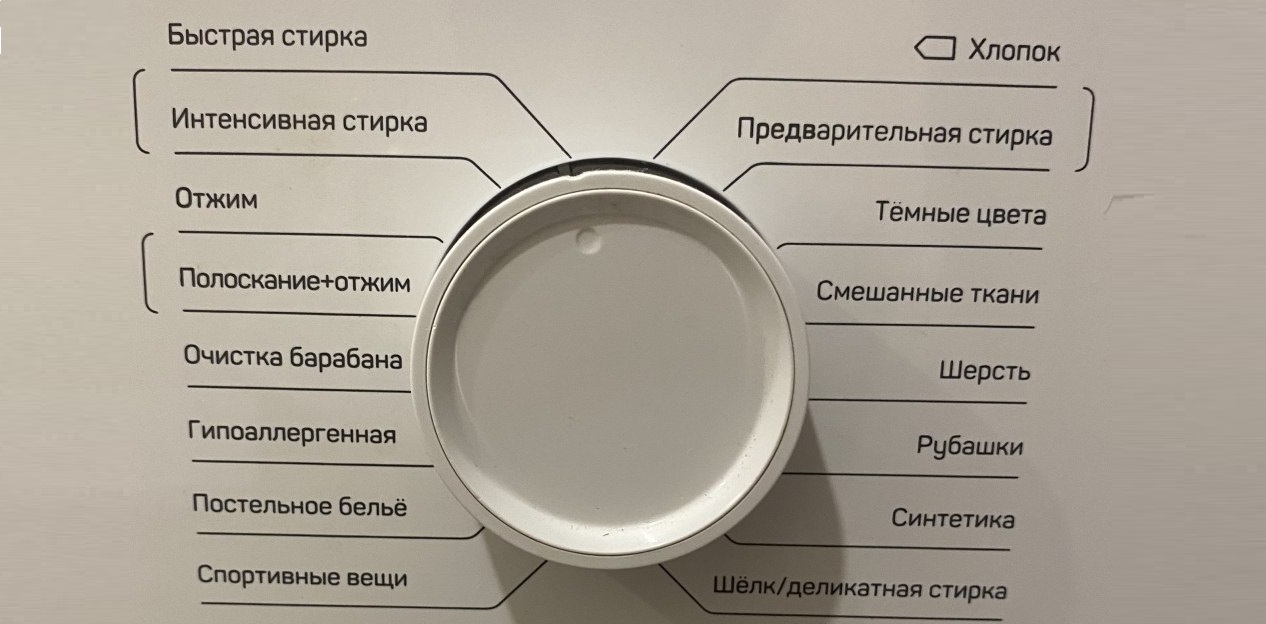
In addition, it is worth remembering that in DEXP washing machines you can independently adjust the number of drum revolutions per minute, choosing both the maximum and minimum values. It is quite possible that before starting work you simply reduced the number of revolutions to zero, so there was no spin at all.
Testing this theory is very simple - turn on the washing machine, activate any quick cycle that includes a spin cycle, and wait until the job is completed to check the presence and quality of the spin cycle. Even if things remain wet, you will have to carefully test the device.
Drum is unbalanced
One of the most common reasons for a lack of spinning is an unbalanced drum. The machine may suffer from this in a situation where the user neglected the recommendations for the maximum and minimum load of dirty laundry at a time. This can also be affected by clothes that have gathered into one big lump during the work cycle. If the control module detects this behavior, it will not allow the spin to begin.
Typically, a similar problem can be found in brand washing machines manufactured 5-10 years ago. This is due to the fact that in new models you can find special sensors that monitor the balance of the drum, and therefore prevent the system from becoming unbalanced. If such a machine cannot cope with the imbalance, then it will simply stop the cycle and display a fault code on the display. How does imbalance manifest itself in automatic washing machines?
- When the SM finishes rinsing, it begins to spin the drum intensively.
- Each unsuccessful attempt will be accompanied by an extremely loud hum and knocking sound.
- Excessive vibration will occur, which may cause the unit to bounce.
- At this point, the control module will cancel the spin cycle.
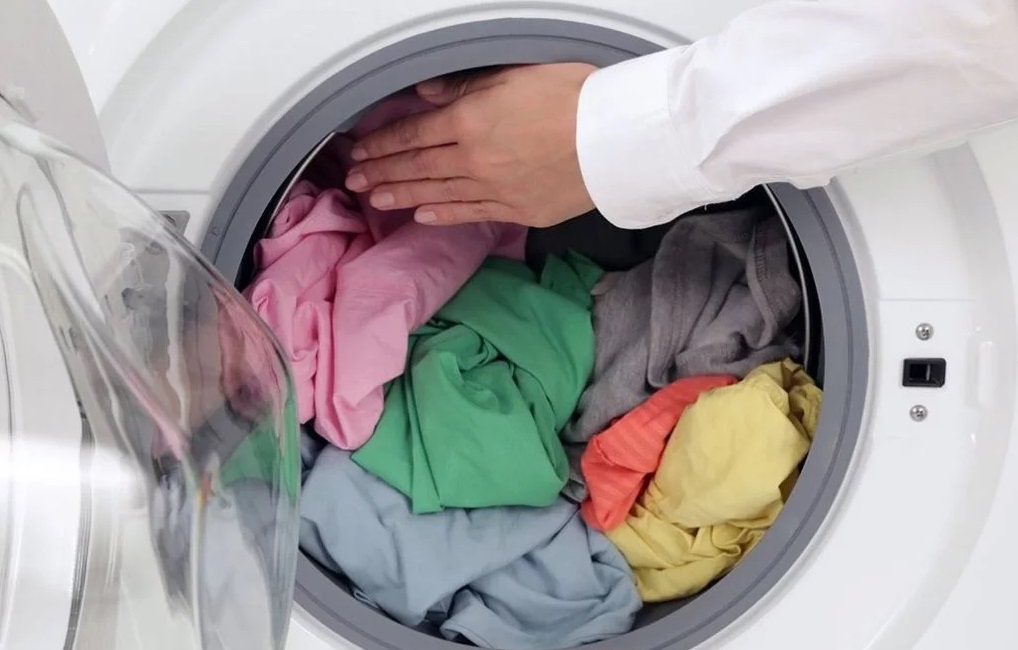
- The system will move to the next stage - drain the water into the sewer.
- The selected work cycle will end approximately 15 minutes earlier, because one of the planned stages will be skipped.
- The user will receive clean but wet clothes.
Fortunately, getting rid of imbalance is very simple. If the imbalance appears due to overload, then just open the hatch door, remove excess wardrobe items and resume washing. Accordingly, if there are not enough things, then you just need to add a little linen. When imbalance occurs due to the items becoming crumpled during operation, you need to pause the cycle and distribute the items evenly throughout the drum. Afterwards all that remains is to add the program.
Carefully monitor the imbalance of the drum, as it not only prevents you from using the spin cycle, but can also lead to damage to key components of the washing machine.
The control module does not immediately detect the imbalance, so before stopping the washing, the CM may have time to either receive minimal damage itself or cause it to the room in which it is installed. This is due to jumping and moving around the room, during which the drum will hit the walls of the tank, negatively affecting the shock absorbers, bearings and shaft. Because of this, it is better not to allow imbalance, but to always add laundry to the drum in accordance with the manufacturer’s recommendations.
Engine problems
The DEXP washing machine does not spin even in a situation where the electric motor needs repair. Sometimes a damaged motor is able to spin the washing and rinsing drum, but its power is not enough for the maximum speed required for spinning. And if the drum does not spin up to the classic 600-1200 rpm, then things will simply remain wet. What should I do to check the motor?
- Disconnect the “home assistant” from all communications.
- Move it away from the wall to provide clear access to the rear of the case.
- Remove the clips, and then remove the back panel of the machine itself.

- Remove the drive belt from the pulley.
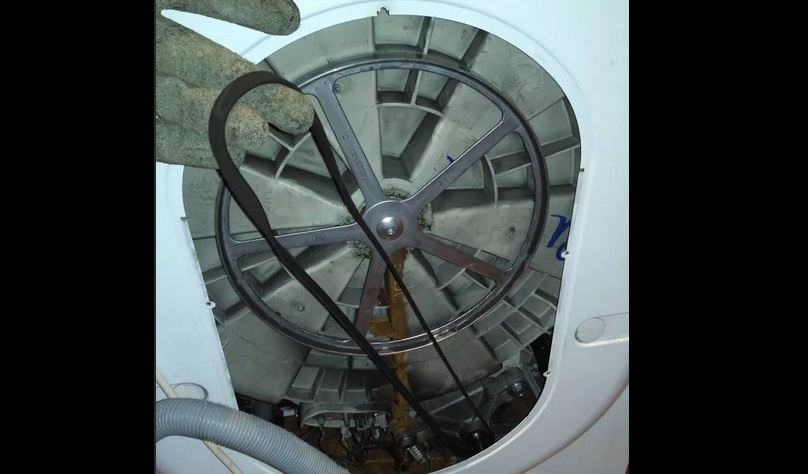
- Disconnect the wiring from the engine.
Take a few photos of the correct motor connections to avoid confusion during reassembly.
- Remove the screws holding the motor.
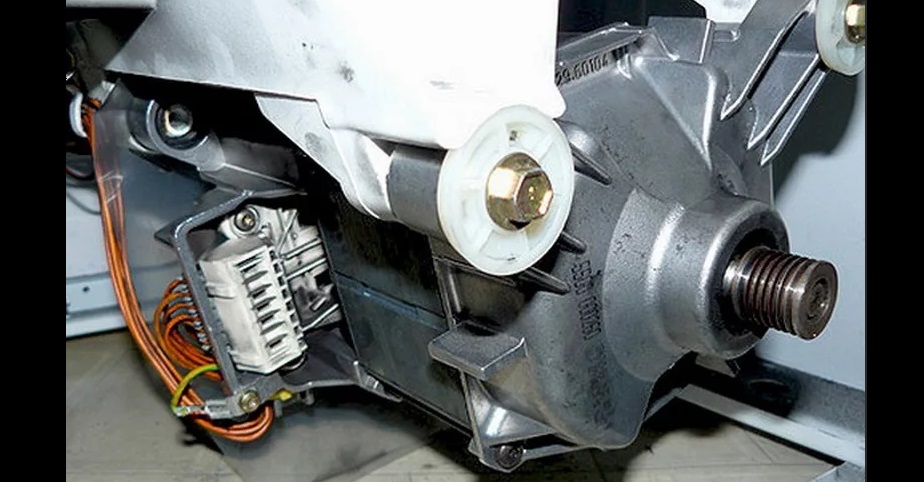
- Gently swing the element to the sides to then remove it from its seat.
Once you have the engine in your hands, all you have to do is study it carefully.Most often, damage is visible even with the naked eye - dark spots, a burning smell, insulation failure. Plus, very often the graphite rods of electric brushes fail, which you should not try to restore, because they can only be replaced with new ones.
When a quick inspection does not reveal any problems, you need to further test the engine using an ordinary multimeter. If the resistance is less than normal, then a short circuit has occurred, and if it is more, the stator or rotor winding has broken. Because of what has been described, the unit will have to be replaced, since it will no longer be possible to repair it.
Interesting:
Reader comments
- Share your opinion - leave a comment


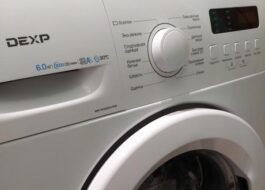
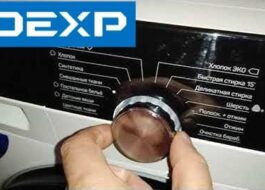





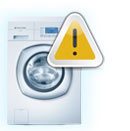
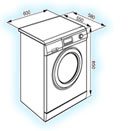






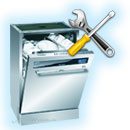
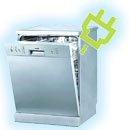


Add a comment